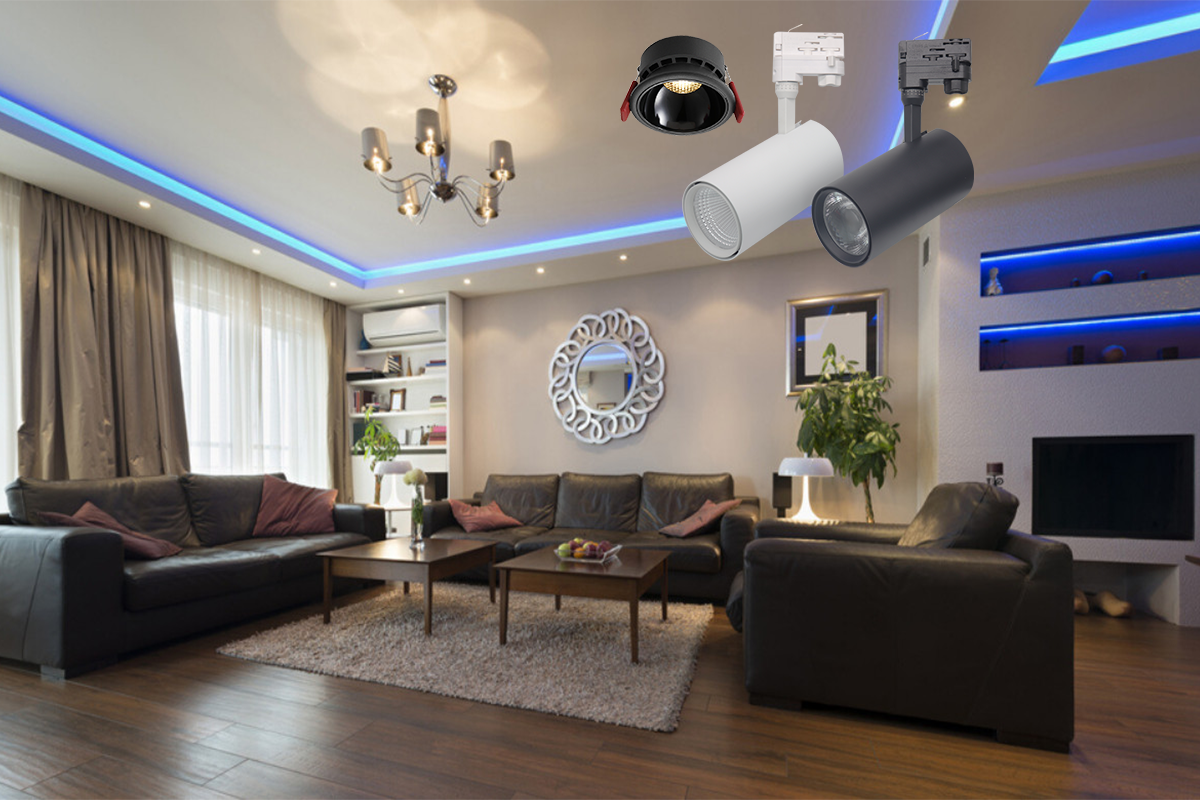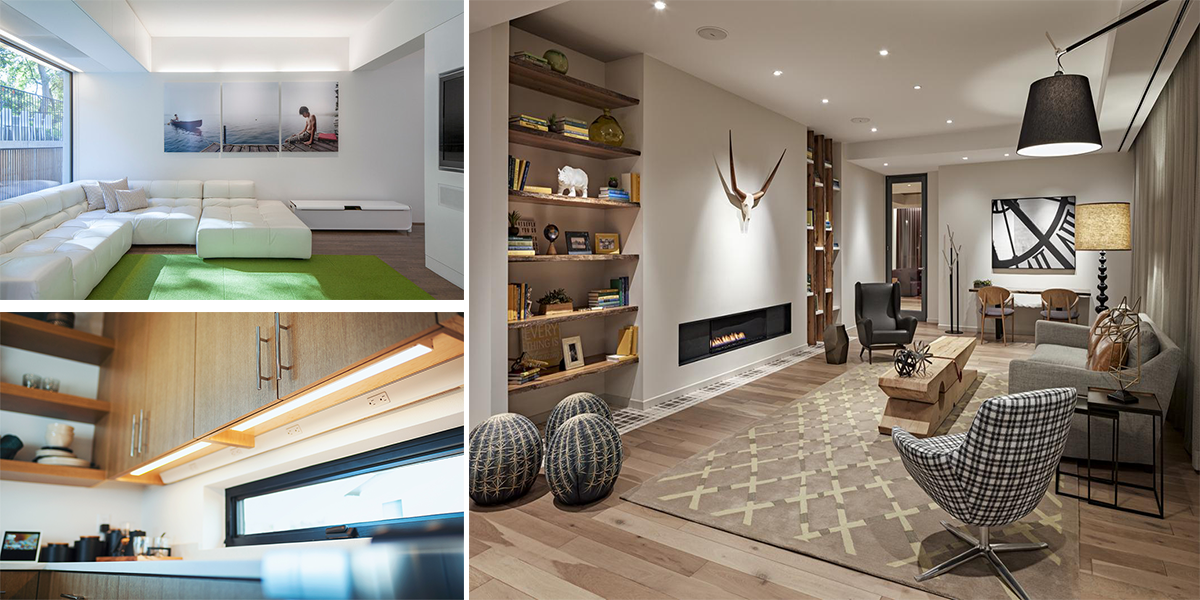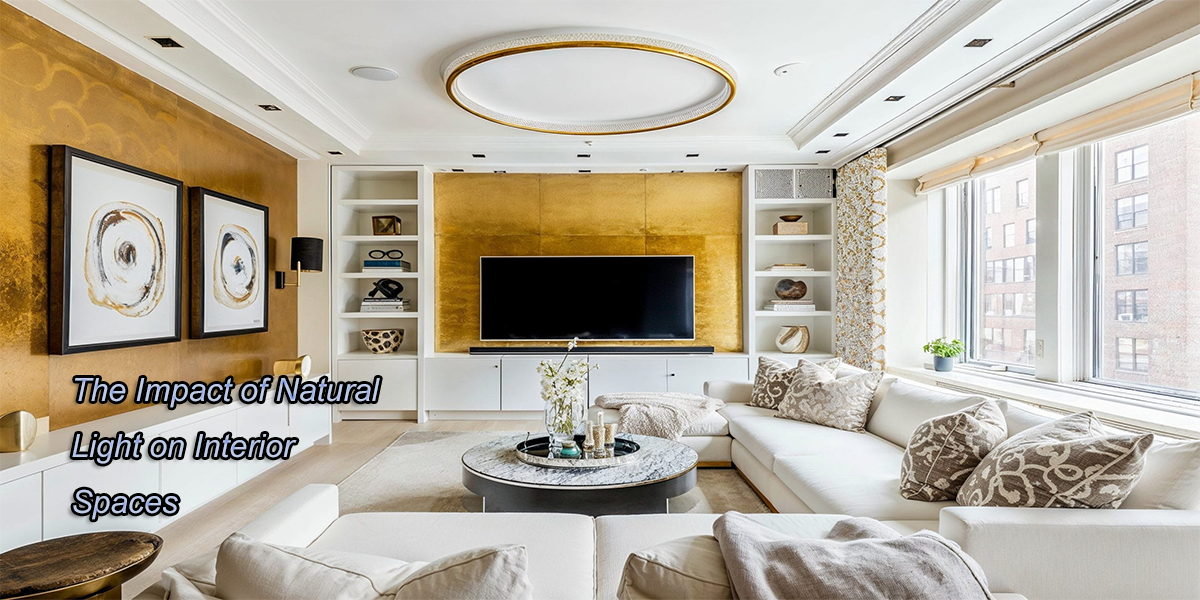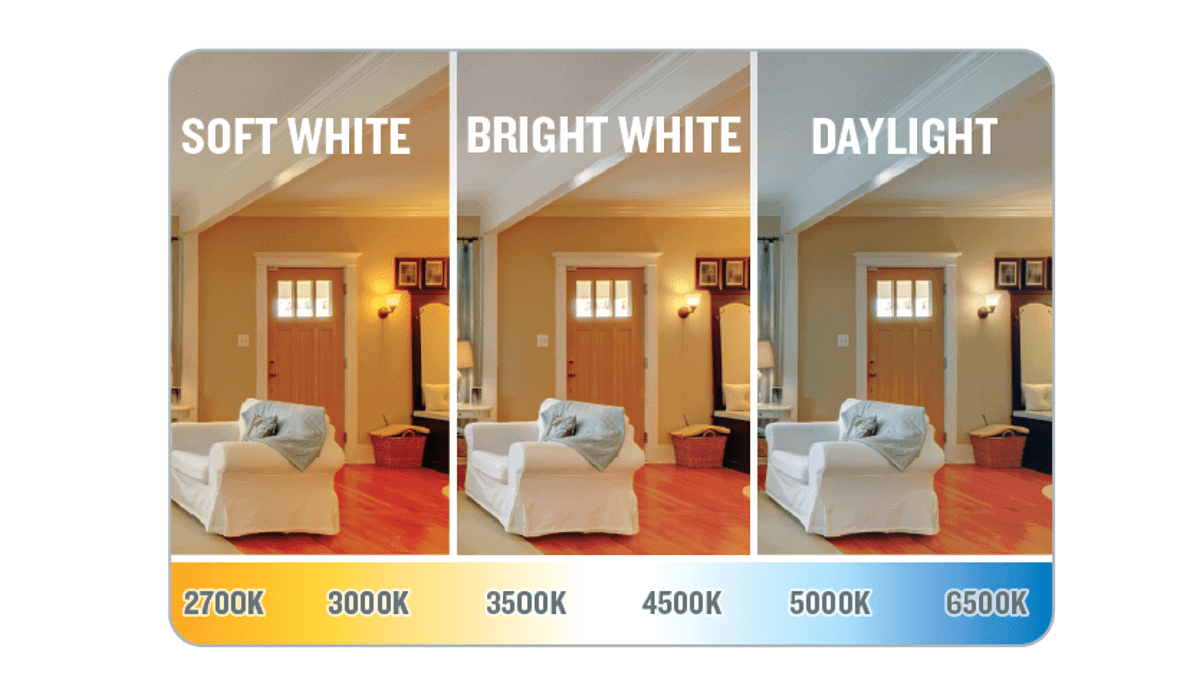Lighting plays a pivotal role in interior design. It not only enhances the aesthetics of a space but also profoundly influences its functionality. so, How do we choose the right lighting that you make play both a functional role and contribute to a room’s ambience.
The lighting can make or break a room.We must understand the home lighting design skills.

Understand the different types of lighting
There are various types of lighting, and each serves its own unique purpose.
Ambient (or general) lighting – This is the most basic type of lighting that you’ll have in a room, and is intended to illuminate the space so that you can see what you’re doing and move around safely. Examples of ambient lighting include recessed downlights, linear lights, which distributes light across the room, brightening the room evenly.
Task lighting – This lights up a specific area of a room. For example, spot light that under-cabinet lighting that provides increased visibility on your counter tops.
Accent lighting – Accent lighting serves a similar purpose to task lighting, these lights highlight architectural features and important objects such as artwork, track lights are a good example of accent lighting, since they can have a big effect on both the look and feel of a space.

Understand the Impact of Natural Light on Interior Spaces
First, natural light enhances the aesthetics of a space. It shows the object in its original color.
Second, natural in the Well-lit spaces tend to feel larger and more inviting.
Moreover, it can draw attention to focal points, highlight textures, and create captivating interplays of light and shadow.

Prioritize energy efficiency
In terms of energy efficiency and sustainability, relying on natural light can reduce the need for artificial lighting during daylight hours — resulting in energy savings and a smaller environmental footprint. It aligns with sustainable design principles by minimizing energy consumption and enhancing the comfort of residents.
Opt for layered lighting
Use a combination of ambient, task, and accent lighting to create layers of light in the living room. Ambient lighting provides overall illumination, task lighting helps with specific tasks such as reading or working, and accent lighting adds visual interest.
Select the right CCT and placement
2700K-3000K warm light, it creates a comfortable and relaxing environment and is best for bedroom
3500K-4500K nature light, it improves mood, productivity and alertness and reduces fatigue while being able to illuminate larger spaces. ideal for living room
5000k- above cool light ideal for kitchen

Install dimmers
dimmers allow you to adjust the level of lighting to suit different tasks, moods, and times of day — offering flexibility and control over your environment. They contribute to energy efficiency by reducing electricity consumption when full brightness is unnecessary — which can lead to cost savings.
Dimming also extends the lifespan of light bulbs, reducing replacement frequency. Beyond the practical benefits, dimmer can create a cozy and inviting atmosphere, improve visual comfort by reducing glare, and set the perfect ambiance for various activities, from bright task lighting for work to soft, relaxed bedroom lighting for winding down in the evening.
Conclusion
Considering the integrated elements, choosing the right lighting for the house is crucial to creating the desired atmosphere and fun